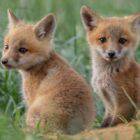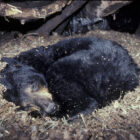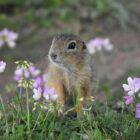What is the difference between a reindeer and a caribou?
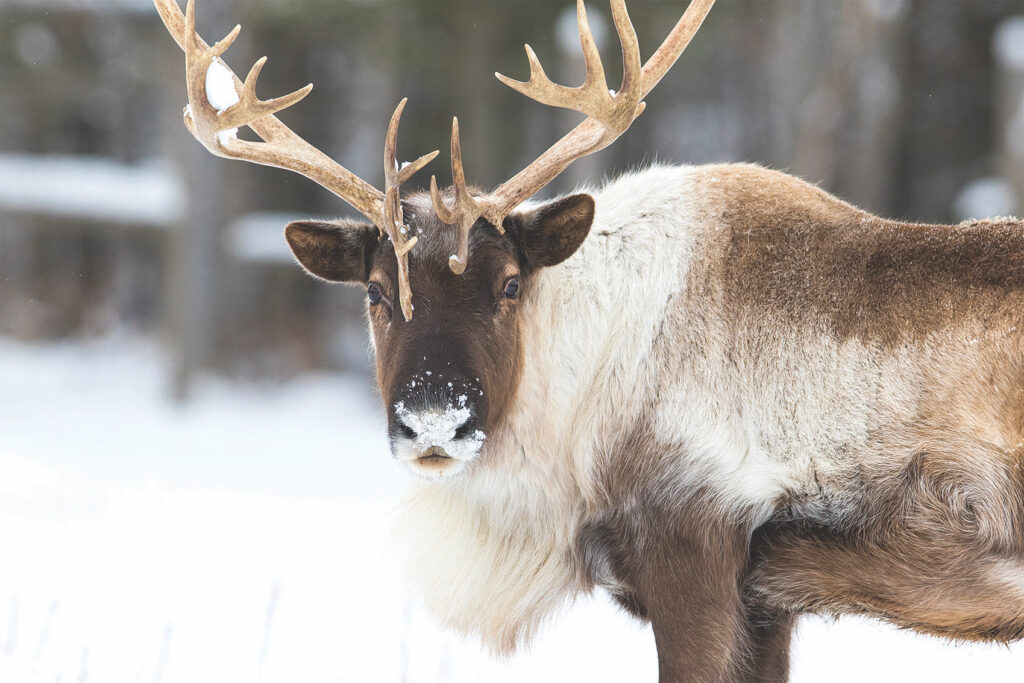
In the realms of the Arctic and subarctic regions, two iconic members of the deer family reign supreme: the reindeer and the caribou. While they may seem like interchangeable terms, there are subtle yet significant differences between the two.
One of the primary distinctions between reindeer and caribou lies in their names and the regions where these names are commonly used. In general, the term “reindeer” is often associated with the domesticated populations in Eurasia, particularly in northern Europe and Asia. On the other hand, “caribou” is the term used for their wild counterparts in North America.
Domestication vs. Wild Populations
The most fundamental difference between reindeer and caribou is their domestication status. Reindeer are considered domesticated animals, having been herded and utilized by indigenous peoples in Eurasia for centuries. Caribou, in contrast, are wild and free-roaming, navigating the vast expanses of North America in their natural habitats.
The process of reindeer domestication traces its roots back to the indigenous peoples of northern Eurasia, particularly the Saami, Nenets, Evenki, and other Arctic communities. These societies, relying on hunting and herding for sustenance, recognized the potential of reindeers as not just wild game but as companions in their survival against the unforgiving Arctic conditions.
The earliest evidence of reindeer domestication dates back over 2,000 years, with archaeological findings suggesting that certain populations began selectively breeding reindeers for desired traits. Over generations, these efforts led to the development of domesticated herds with characteristics suited to the needs of their human caretakers.
The Saami people, in particular, have a rich history of reindeer herding that spans thousands of years. They developed a unique and sustainable herding culture, relying on their domesticated reindeer for transportation, food, clothing, and even shelter. The Saami herders maintained a deep connection with their reindeer, often living in close proximity to them and understanding their behaviors in intricate detail.
The domestication of reindeer brought about significant changes in the way these animals interacted with humans. Unlike their wild counterparts, domesticated reindeer became more docile, accustomed to the presence of humans, and amenable to herding practices. This transformation allowed for more efficient management of herds, enabling indigenous communities to thrive in the challenging Arctic environment.
Physical Characteristics
While reindeer (Rangifer tarandus) and caribou share a common species designation, their physical characteristics exhibit subtle yet noteworthy variations, reflecting the influences of domestication, geography, and evolutionary pressures. Understanding these differences offers insights into the dynamic nature of these iconic Arctic and subarctic inhabitants.
Size and Build
One of the primary distinctions between reindeer and caribou lies in their size and overall build. Reindeer, subject to centuries of selective breeding by humans, often exhibit smaller body sizes compared to their wild counterparts, the caribou.
Domestication has favored traits that align with human needs, resulting in a more compact physique in reindeer. In contrast, caribou in the wild tend to possess larger and more robust builds, an adaptation to the challenges of surviving in the diverse and expansive landscapes of North America.
Coat Colors
The coloration of the coat is another area where reindeer and caribou display differences. Reindeer can exhibit a broader range of coat colors, including shades of brown, black, and white. This diversity in coloration is a consequence of selective breeding for various traits, with domesticated populations showcasing a more varied palette. In contrast, caribou in their natural habitats often have a more consistent coat color, which serves as effective camouflage in their wilderness surroundings.
Hoof Shape
The shape and structure of the hooves also differ between reindeer and caribou. Reindeer, adapted to more controlled environments due to domestication, may have slightly smaller and more compact hooves.
These hooves are well-suited for traversing snow-covered landscapes and are less likely to sink into softer surfaces. Caribou, facing the challenges of varied terrains and long-distance migrations in the wild, tend to have larger and more concave hooves. This adaptation aids in maintaining stability and traction, especially on diverse and often uneven surfaces.
Muzzle Shape
The shape of the muzzle is another distinctive feature. Reindeer, shaped by selective breeding and a history of domestication, may have a slightly shorter and more tapered muzzle compared to their wild counterparts, the caribou. The caribou’s muzzle is often longer and more adapted for foraging in the diverse vegetation of their natural habitats.
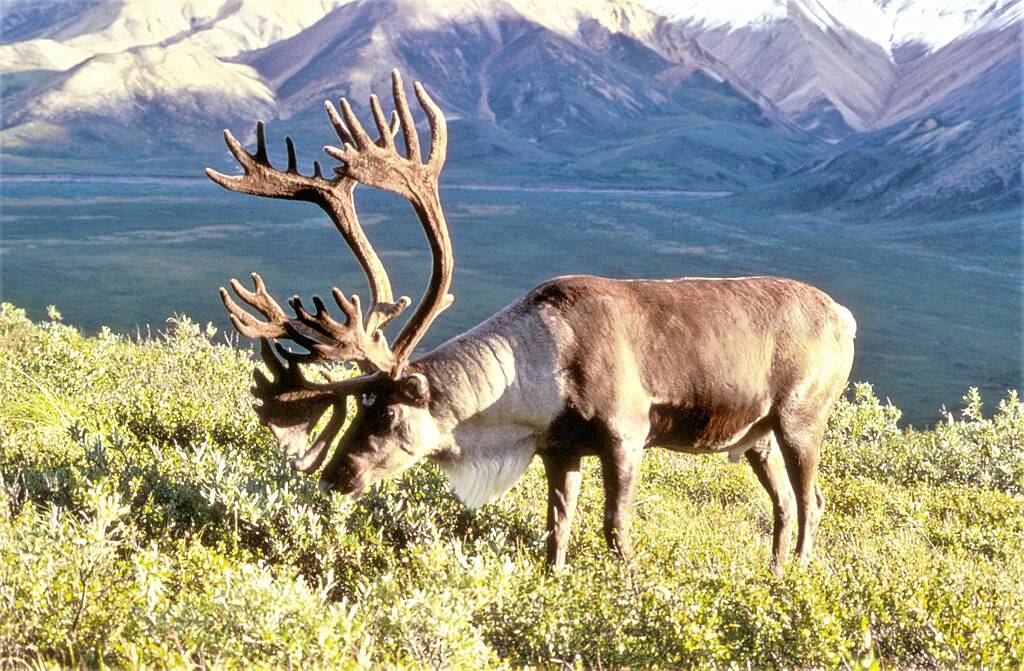
Antler Differences
Size and Complexity
Caribou antlers tend to be larger and more imposing compared to those of reindeer. This size discrepancy is a testament to the competitive and often challenging environments that wild caribou inhabit.
The need to assert dominance during mating season and compete for resources in the vast landscapes of North America has led to the evolution of impressive, sweeping antlers.
In contrast, reindeer, under the influence of selective breeding and domestication, may exhibit more variability in antler size, with some individuals having more modest and streamlined structures.
Branching Patterns
The branching patterns of antlers further highlight the distinctions between reindeer and caribou. Caribou antlers often boast a more complex and multi-pointed configuration. This complexity is an adaptation that enhances the visual impact of these antlers during mating displays and serves as a reflection of the intense competition among males for the attention of females.
In contrast, reindeer antlers may show greater variability, with some individuals displaying simpler, less-branched configurations. This variation is a result of the human-guided breeding practices aimed at specific traits rather than the natural pressures of a wild environment.
Adaptations for Environment
The differences in antler size and complexity between reindeer and caribou can be viewed as adaptations to their respective environments. Caribou, as wild and free-ranging animals, require robust antlers for various survival challenges, including securing mates and establishing dominance within the herd.
The more varied antler structures in reindeer, influenced by domestication and selective breeding, may reflect adaptations for different roles, such as pulling sleds or serving as draught animals.
Seasonal Variations
Another intriguing aspect of antler differences involves seasonal variations. Both reindeer and caribou shed their antlers annually, but the timing and duration of this process can vary. Caribou often retain their antlers for a more extended period, shedding them later in the winter or even early spring. In contrast, reindeer typically shed their antlers earlier in the winter.

